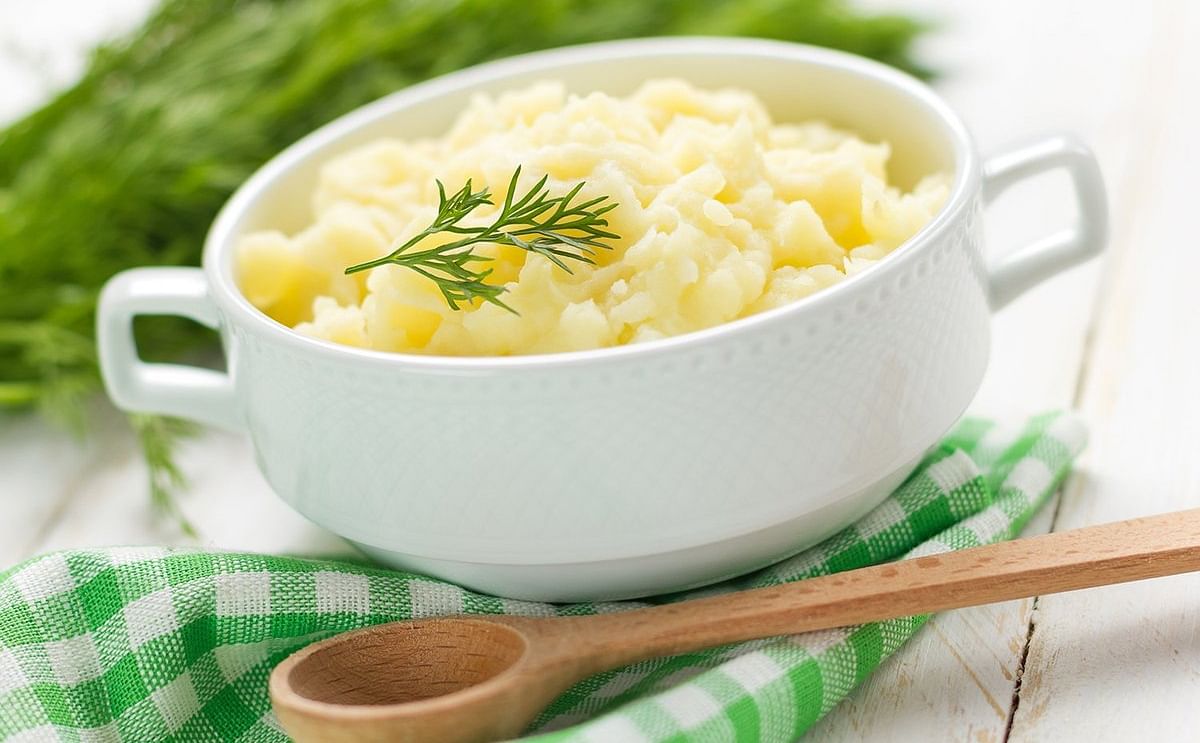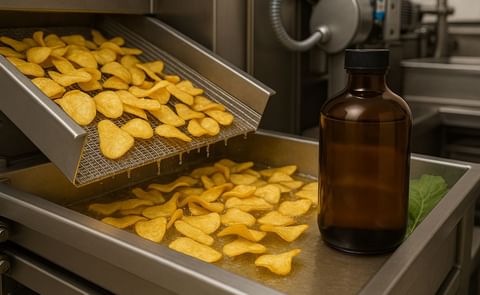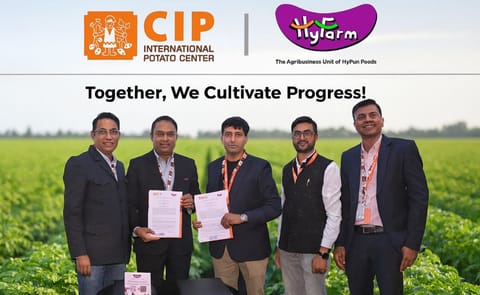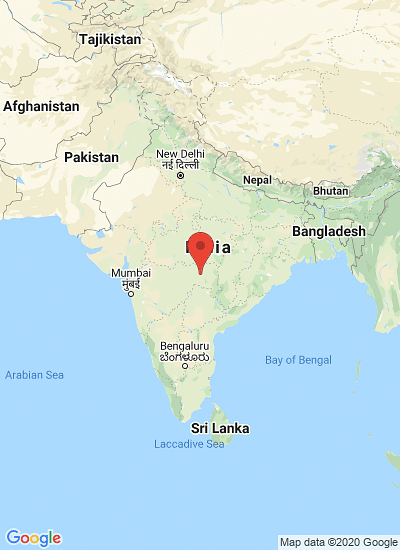Potato Flakes are commonly used in households worldwide for convenient preparation of Instant Mash Potato. Industrial
food processors also use potato flakes as an ingredient in the production of potato snack foods.
Flavorite Technologies, Potato Flakes - It's a mash-up

Potato Flakes are commonly used in households worldwide for convenient preparation of Instant Mash Potato. Industrial food processors also use potato flakes as an ingredient in the production of potato snack foods.
For developing countries where limited potato processing facilities are available, potato flake (dehydrated mashed potato) projects can be a major way to preserve potato to improve availability.
Flavorite Technologies, a subsidiary of Heat and Control, recently worked with a processor in the Northern region of India wanting to produce potato flakes. Flavorite installed and commissioned its first complete potato flake processing line that included potato washing, blanching, and cooking, producing a mash.
The potato mash is pumped onto the drum of the Drum Dryer (sourced from Europe) where the mash is equally spread by rollers on the drying drum into a thin film. These rollers dry the deposited layer of potato solids rapidly to the desired final moisture content.
Once dried, the film of potato mash is scraped off the drying drum. The sheet of dehydrated potato solids is broken into a suitable size for packaging. This process is achieved through the use of Mill Sifters. The uniform flakes are then ready to be packaged.
The texture of the reconstituted product is acceptably mealy, because of a precooking and cooling treatment to which the potatoes are subjected during the processing and the additives of a mono-glyceride emulsifier.
How are Potato Flakes produced?
The process starts with the separation of stones, sand and other undesirable inclusions from the potatoes. The potatoes then enter a steam peeler to loosen and separate the skins. The peeled potatoes are washed and pass over an inspection table to assure finished product quality with any remaining contaminants removed by hand. Potatoes pass through a cutter to reduce size and are dosed into a blancher. After blanching they are cooled and fed into the cooker to produce a mash.
Potato flakes are the leading form of dried mashed potatoes used for retail consumption and as a popular food ingredient worldwide, this process was developed in the USA in the 1950s.
Because potato flakes are quickly dried in a single step, the cells are easily rehydrated and the potato starch retains its high absorptive power. Of all forms of dried potatoes, potato flakes alone can be easily reconstituted with cold water, a fact that has led to their widespread use as an ingredient in products such as fabricated potato chips, formed potato products such as patties or pancakes, or as a thickening agent in soups, gravies and sauces.
Potato Flakes can also be packaged in retail-size servings and reconstituted as instant mash potato as part of meal preparation in households.
Flavorite Technologies Private Limited, India, is currently offering 600 kg/hr & 1200 kg/hr Potato Flakes lines.











